Around 4 million Kenyans work and study in the diaspora. Some of them can be successful investors in the food and agriculture industry back at home. But which are the best ideas they can invest their money, time and effort considering they are absent from the country most times of the year? This article will look at the 9 best agribusiness ideas for Kenyans in the diaspora. Besides, it gives you the reasons for investing at home, challenges you are likely to face and success tips in virtual farming.
The ideas assume you have access to productive farming land. You have funds to buy or lease modern agritech for remote farming and monitoring. The final assumption is you can afford a trustworthy farm worker(s) or consultant to manage your crops and livestock in your absence. The bonus tip is, you have a market challenge that you can solve at a profitable good or service.
Best agribusiness ideas for Kenyans living abroad
If you consider the above, the following are the best farming ideas in Kenya that fit investors from the diaspora. Besides, they are best for telephone or couch farmers in Kenya. Those are people who live in the major towns and have productive idle land in the upcountry.
Intensive farming

Kenya has a high urbanization rate in Africa. As a diaspora farmer, consider intensive farming for high crops and animal yields. You can do it in an efficient urban farm close to your consumers. It will increase profits at the costs.
Which foods can you grow using intensive methods? As a crop farmer, consider high-value vegetables and fruits. Livestock keepers can rear pigs, poultry and small ruminants like goats and rabbits and cows.
The best intensive farming methods in urban farming or rural farms are; –
- Greenhouse farming. Grow tomatoes, green veggies, herbs and spices in greenhouses, net houses and shades.
- Vertical farming. Raise crops in containers, tower farms, cone farms and hydroponics to get more yields per square foot.
- Poultry farming. Raise layers, broiler and kienyeji chicken for meat and eggs in a small space.
- Indoor farming. Grow mushrooms and silkworms in containers and warehouses.
- Zero Grazing. Raise dairy cattle and goats in enclosed shelters under strict feeding and vaccine programs.
Lease your farm.
It is the least aversive idea. Instead of losing money to agriculture challenges like droughts and flood, you will earn rent by leasing your farm and equipment to local farmers.
You will earn an annual rent or commission for your borrower using your property. As they will develop it, it will be easy to start actual investments when you finally decide to settle.
Smart farming
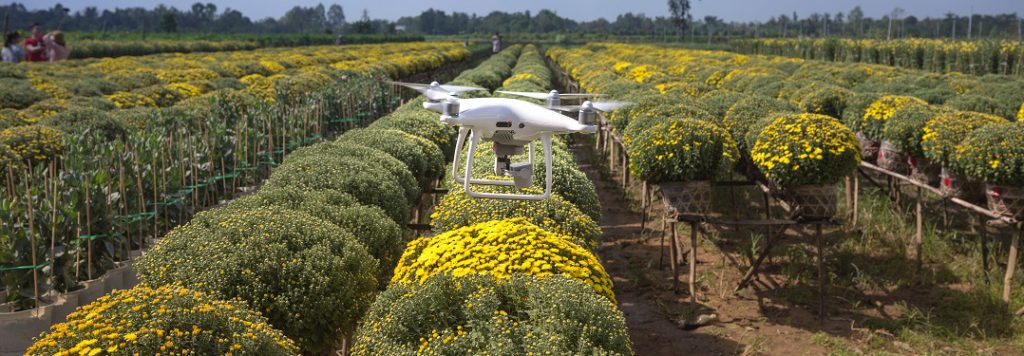
Did you know you can plant, water and spray crops from miles away on a free mobile app? The latest trends in digital or smart farming enable it.
Smart farming means using artificial intelligence (AI), the internet of things (IoT) and data for precision farming. It uses agritech like drones, sensors, CCTV and farm robots or tractors for automation. Besides, you can use milking machines and farm management information systems (MIS). In smart farming, you can manage it with little human work.
As a diaspora farmer, install moisture, soil and other sensors in your farm for remote monitoring. They will send you alerts when an action like irrigation or spraying is needed. You can then allow it by a simple click command on your phone from miles away. You can do it from your office, car or bed.
Beekeeping
Beekeeping complements fruit and commercial tree planting. You will place beehives in your forest as trees are growing. You will harvest and sell honey, wax and bee’s poison every year without working on the farm. To produce more honey, consider planting some flower crops that bees love. Examples are sunflowers, marigold and acacia.
Fruit farming
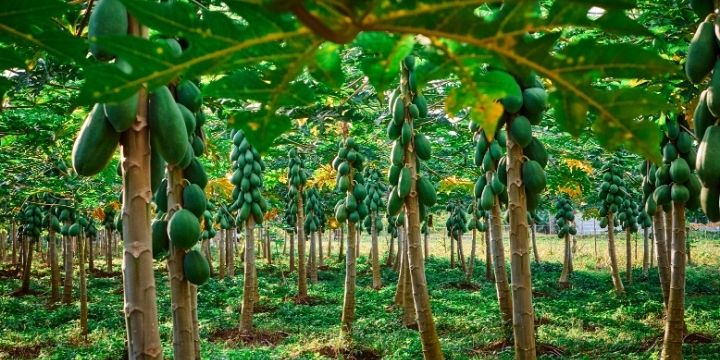
As an absent landowner, your farm can earn millions by orchard farming. Fruit trees require little care like pruning, apply fertilizers and spraying during flowering and harvest stages. You can plan to do these when you are in the country for annual leave or holidays. The rest of the time, you will leave the fruits to mature.
Which are the most profitable fruit trees you can grow in Kenya? The best ones with high demand are avocadoes, mangoes, oranges and passion fruits. Others for you are tree tomatoes, pawpaw, peaches, apples and macadamia.
Ranching
Finishing and fattening are one of the most profitable livestock farming for absent farmers. You will buy cheap rams, goats and bulls when they are young at the start of the year. Rear them under zero-grazing by feeding them grain and hay meals to increase the value and quality of their meat for sale during the December festive holidays.
A profitable ranch has an adequate supply of animal feed and clean water. Visit the country during harvest season to buy cheap maize cobs, rice husks and wheat straws. Store them in silage to have enough animal food for the year. Invest in rainwater harvesting to get potable water for your animal farm.
Commercial trees planting
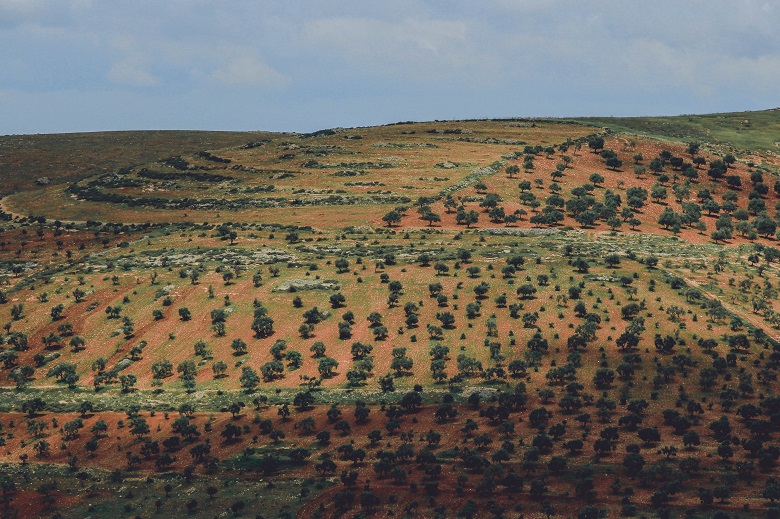
Similar to fruit trees, you can plant a commercial tree plantation. They have low maintenance, unlike vegetables like tomatoes. You can harvest and sell them in 5-15 years. To make the most profits, add their value to sell high-value timber, firewood or furniture.
Which are the most profitable trees to grow in Kenya? The best choice for you is the multi-purpose, medicinal or fast-maturing ones. Examples are pine, blue gum, and cypress. Others are podo, bamboo, moringa and neem trees.
Breeding Farm
Farmers need high yielding livestock, poultry and fruit varieties. As an investor, you can fill this gap by brooding high-quality chicken breeds and sell them as one-day-old chicks.
You will invest in egg incubators and energy backup systems to hatch thousands of years each week. Next, work closely with a vet to make chicken feed at home and vaccinate your birds before the sale.
Apart from a chicken farm, you can breed fish, heifers and dairy goats. Besides, graft or make culture seedlings for bananas, mango or avocado fruits.
Food processing
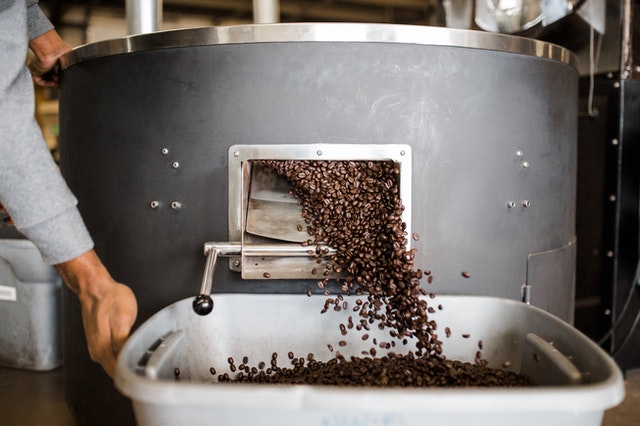
Food waste in Kenya is high. Around 30-60% of harvested food going to waste before consumption. As a diaspora investor, you can tap into this space through food processing and value addition.
You will increase the shelf life, sale value and diversify farm products for profits. Examples of these are buying cereals like maize during harvest, storing and selling cornflour in dry periods. Other ideas for you are canning food, processing juices, pickles and jams. Besides, you can make wine, cheese, butter, etc.
The other option is to use the wasted foods to make cooking gas, organic fertilizers or animal feed. An example is a Kitale based fish processor that makes fish leather products from waste fish skins. Finally, some food can be recycled and sold for human and animal consumption.
Challenges in telephone farming

To succeed as a virtual farmer, avoid unprofessionalism, lack of records or plans or overambition. In addition, look into the following three challenges.
Alienation: Do not assume you understand the Agri and food market in Kenya from abroad. There are swift changes in the sector each day. Do not invest blindly based on past information, but work closely with a credible investor you can trust.
Family Businesses: Do not over trust your relatives to run your agribusiness. To minimize this risk, have a formal business relationship with all your agents.
High-Value ideas: High-value crops and livestock may earn you more income than ideas in the list. But your risk of failure is high too when farming from far.
Why invest in virtual farming from the diaspora
The risk of failure in farming is relatively higher for virtual farmers than resident ones. But you can take the risk and invest in it because:
- Solve a social challenge affecting people back at home like malnutrition, poverty and famine. It serves as a way of giving back to the community.
- Use idle land and farming assets like tractors, irrigation kits, and chillers to generate wealth.
- Invest in a retirement home or hobby farm when you have settled from abroad.
- Introduce an alternative method for efficient food production, preservation and or processing. These ideas can be your exposure to new seeds, tech, water harvesting, etc.
How to succeed in remote farming

How can you succeed in virtual farming as a remote farmer? The following five tips will help you if you are a telephone, couch or diaspora farmer.
Market research. Commission a simple market study to understand the market trends before you can invest. It will inform you of the best crops and livestock to keep on your farm. Besides, you will grasp other market trends and insights like prices, packages and targeting for your niche markets.
Contractual agreements. Have formal or professional business arrangements for all your investments. It is a must if you are farming with close family members. These contracts should be enforceable in a court of law.
Agritech. Invest in AI, IoT, drones and other agritech solutions like sensors or CCTV for virtual farming. You can monitor and manage your farm from abroad using the internet and mobile apps. This way, you can spray, water or view your farm in real-time.
Join farmers’ forums. Join an online farmer group or forums for training and fun with other farmers across the world. You can learn farming tips from them, helping you to get more yields and profits.
Agriculture insurance Investing in agriculture can be costly. To avoid losses on your income, buy the crop, asset and livestock policies against droughts, flood or theft of your property.
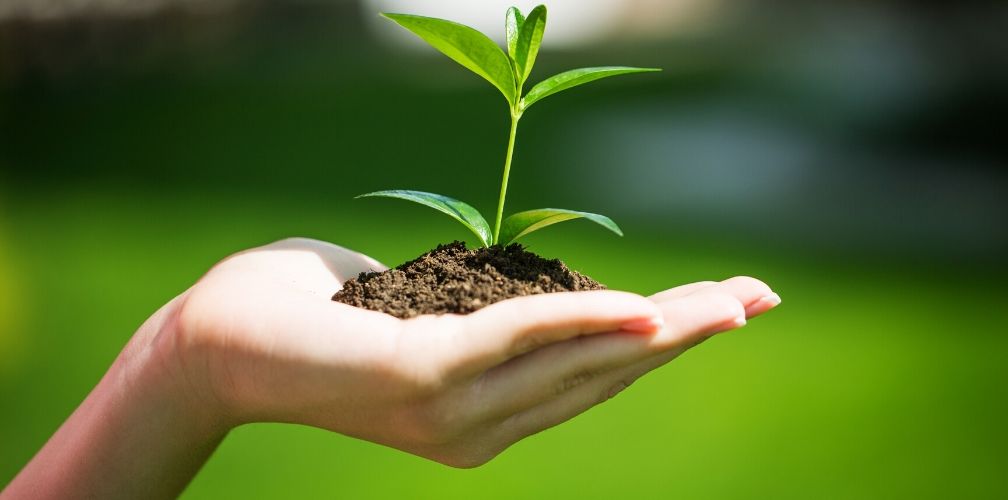
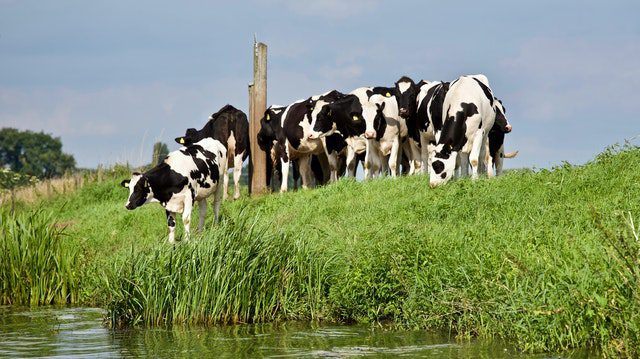
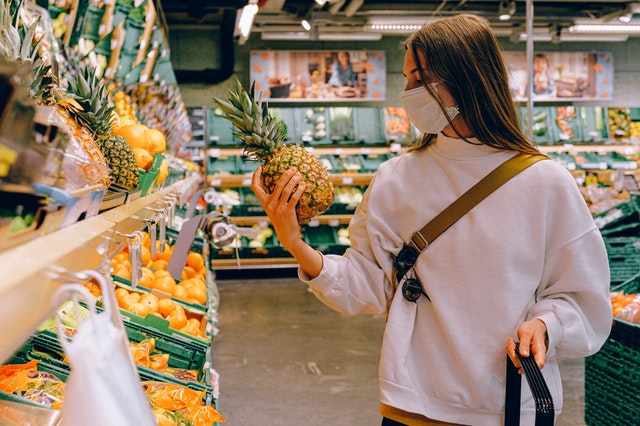

How can I lease my 12 acres land in laikipia